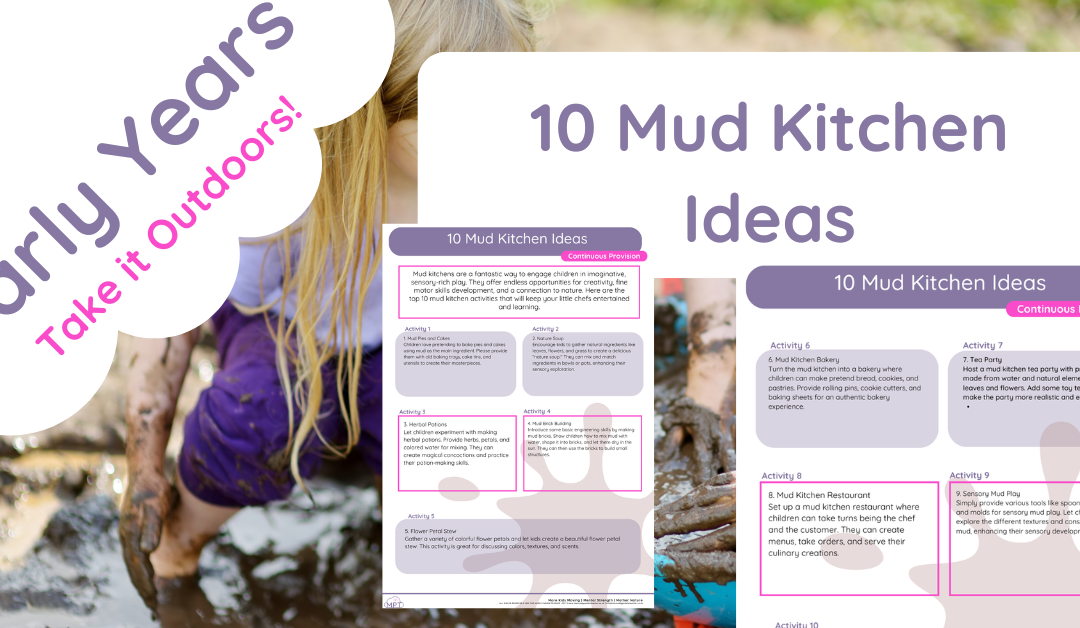🌻 Nature Sunflowers Drawing: Mindfulness Activity for KS2 Bring a little sunshine and calm to your classroom with our...
Nature Sunflowers (Art Task)
Mar 8, 2022
Use this fantastic resource to create some Nature Sunflowers (Art Task). The children use natural resources and this...
Sunflower Growth Diagram Chart
Mar 8, 2022
Use Sunflower Growth Diagram Chart to celebrate Sunflower Day or to form part of your Science topic work.
Muddy Fingers Workout Activity
Mar 8, 2022
Use these amazing outdoor worksheets to gibe those tiny Muddy Fingers a Workout! Early Years Outdoor learning for...
Nature Colour In Mindfulness
Mar 8, 2022
Use this nature colour in activity to help connect children with nature while being mindful.
Nature Poems
Mar 8, 2022
Use Nature Poems Template to help take poetry outside using nature as inspiration.
Outdoor Wellbeing – Worry Leaves Template
Mar 8, 2022
Outdoor Wellbeing Ideas. Use this template to help children with worries and to help them share these and blow them...
Muddy Adjective Grid Game
Mar 8, 2022
Play the muddy adjective grid game to take this area of SPAG outside in the fresh air while having lots of fun!
Muddy Alphabet Grid Game
Mar 8, 2022
Play the Muddy Alphabet Grid Game to get children connecting with nature while linking in a lot of Science and...
1m Measure Venn Diagram
Mar 8, 2022
Use this 1m Measure Venn Diagramm to take your learning outside with the children.
30cm Measure Venn Diagram
Mar 8, 2022
Use this Measure Venn Diagram to take this area of the curriculum outside! Up to and below 30cm
Materials Venn Diagram (Man-made & Natural)
Mar 7, 2022
Transport Tally (Maths)
Mar 7, 2022
Do you have a transport topic? Why not monitor the traffic and learn how to tally at the same time!
Outdoor Spanish Scavenger Hunt
Mar 7, 2022
Teaching Spanish Outdoors: Engaging Children in Language Learning Teaching Spanish outdoors can significantly enhance...
Outdoor German Scavenger Hunt
Mar 7, 2022
New resources in, now take languages outside the classroom! Take your german lesson outside in the fresh air! Outdoor...
Outdoor French Scavenger Hunt
Mar 7, 2022
Launching our new Outdoor Languages resources, head outside in the fresh air learning practically and in context. ...
Pebble Mat (Tuff Spot) Set One Phase Two Phonics
Mar 7, 2022
Use Pebble Mat (Tuff Spot) Set One Phase Two Phonics to get some quality and rich phonics learning happening outside...
How to make a Nature Caterpillar (Tuff Spot)
Mar 7, 2022
Such a simple but much-loved activity. Children follow the instructions as they make their very own Nature...





























